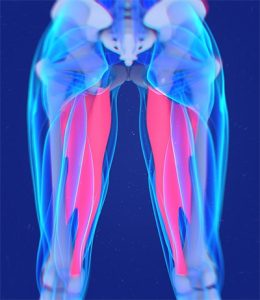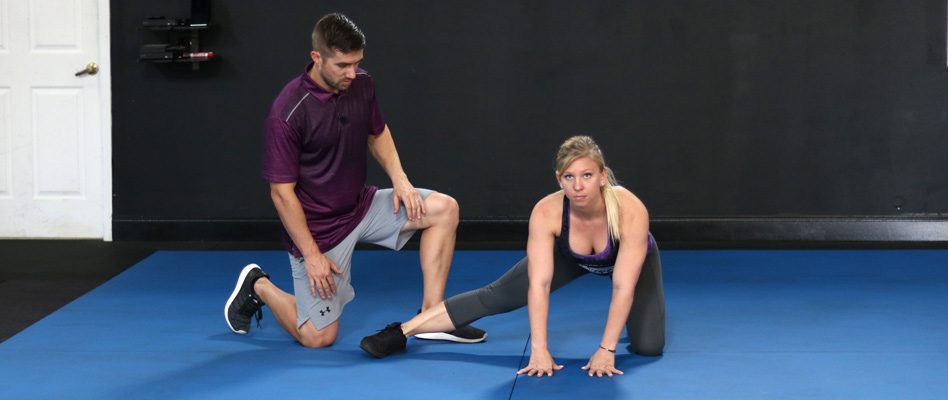Are you still experiencing tightness and/or pain in your hips? Or maybe your hips feel good but what you’re really hoping for is to feel great!
Well it might be time to step away from the hips for a moment and take a look at the neighboring muscles, the adductors, to see if they are to restricting your hips in any way.
 The adductor muscles (commonly referred to as the inner thighs) are probably the most neglected of all the leg muscles, but they are just as important as the others. Adductors that are tight and weak can contribute to injuries and cause knee, hip, and groin pain. I want to give a closer look at the adductor muscles and show you why they are so important and why it’s absolutely crucial to making sure they are strong and mobile.
The adductor muscles (commonly referred to as the inner thighs) are probably the most neglected of all the leg muscles, but they are just as important as the others. Adductors that are tight and weak can contribute to injuries and cause knee, hip, and groin pain. I want to give a closer look at the adductor muscles and show you why they are so important and why it’s absolutely crucial to making sure they are strong and mobile.
So much time is spent focusing on the other groups of leg muscles – the hips, calves, hamstrings, quadriceps, and glutes – that the inner thighs are almost always forgotten. Often we think that tight hamstrings or hips are responsible for our back pain, tight quads are the culprit of our knee pain, and weak glutes aid in poor movement and decreased stability. While all of this is definitely probable, what is said about tight and weak adductors?
You see, the adductors are a complex group of five muscles located in the inner thighs of the legs and are responsible for moving the leg towards the centerline of the body, and maintain and aid in stabilizing the pelvis when standing and when moving.
Top medical professionals and movement specialists suggests that these adductor muscles work together harmoniously to provide side-to-side stabilization of the pelvis. In a perfect world, the pelvis will remain balanced as we age but that’s generally not the case because of excessive sitting, injuries, environmental conditions, poor posture, and so on. So what ends up happening is that the body begins to shift and fall out of alignment to the point where internal systems and daily patterns become imbalanced and restricted.
Having weak and tight adductors on one side will make it difficult to hold the pelvis level which means the opposite hip will drop down as you walk. This can then result in imbalances in the hips and glutes which can lead to hip pain and excessive hip tightness. Not only that but imbalances all over the body will eventually appear as the body tries to compensate for the tight and weak muscles.
It is important to both strengthen and stretch the adductor muscles so that they are strong enough to balance the weight of the body and support the pelvis keeping your hips healthy and happy.










